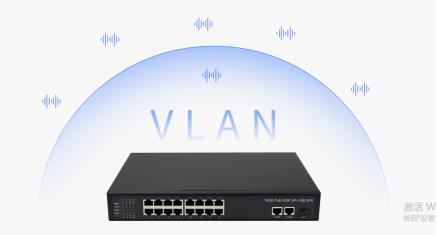In the digital communication system, the receiver receives sum of the transmitted signal and channel noise.
The optimal reception of digital signals based on the “best” criterion with the smallest error probability. The errors considered in this chapter are mainly due to band-limited white Gaussian noise. Under this assumption, the binary digital modulated signal is divided into three types: definite signal, phase-dependent signal, and fluctuating signal. The minimum possible error probability is analyzed quantitatively. In addition, the error probability of receiving multi-level baseband signals is also analyzed.
The basic principle of the analysis is to regard all the sampled values of a received signal symbol as a vector in the k-dimensional received vector space and divide the received vector space into two regions. Whether or not an error occurs is determined according to which region the received vector falls into. The principle block diagram of the best receiver can be obtained and the bit error rate can be calculated by the decision criterion. This bit error rate is theoretically optimal—that is, the smallest theoretically possible.
The optimal bit error rate of the binary deterministic signal is determined by the correlation coefficient p of the two symbols and the signal-to-noise ratio E/n, but has no direct relationship with the signal waveform. The smaller the correlation coefficient p, the lower the bit error rate. The correlation coefficient of the 2PSK signal is the smallest (p =-1), and its bit error rate is the lowest. The 2FSK signal can be regarded as a quadrature signal and its correlation coefficient is p = 0.
For the phase-following signal and the fluctuating signal, only the FSK signal is used as the representative for analysis, because in this channel, the amplitude and phase of the signal change randomly due to the influence of noise, so the FSK signal is mainly suitable for the application. Since the channel is causing random changes in the signal phase, coherent demodulation can’t be used. Instead, non-coherent demodulation is the best way to receive the signal.
Compared to the bit error rates of the actual receiver and the optimal receiver, it can be seen that if the signal-to-noise power ratio r in the actual receiver is equal to the ratio of the symbol energy to the noise power spectral density in the optimal receiver E/n, the bit error rate performance of the two is the same. However, this is not always possible due to actual receivers. So, the actual receiver’s performance is always worse than that of the best receiver.
This is what Shenzhen HDV Phoelectron Technology Co., Ltd. to you. brings you about “The Best Reception of Digital Signals”. I hope this article can help you to increase your knowledge. Besides this article if you’re looking for a good optical fiber communication equipment manufacturer company you may consider about us.
Shenzhen HDV photoelectric Technology Co., Ltd. is mainly a manufacturer of communication products. At present, the equipment produced covers the ONU series, optical module series, OLT series, and transceiver series. We can provide customized services for different scenarios. You are welcome to consult.






